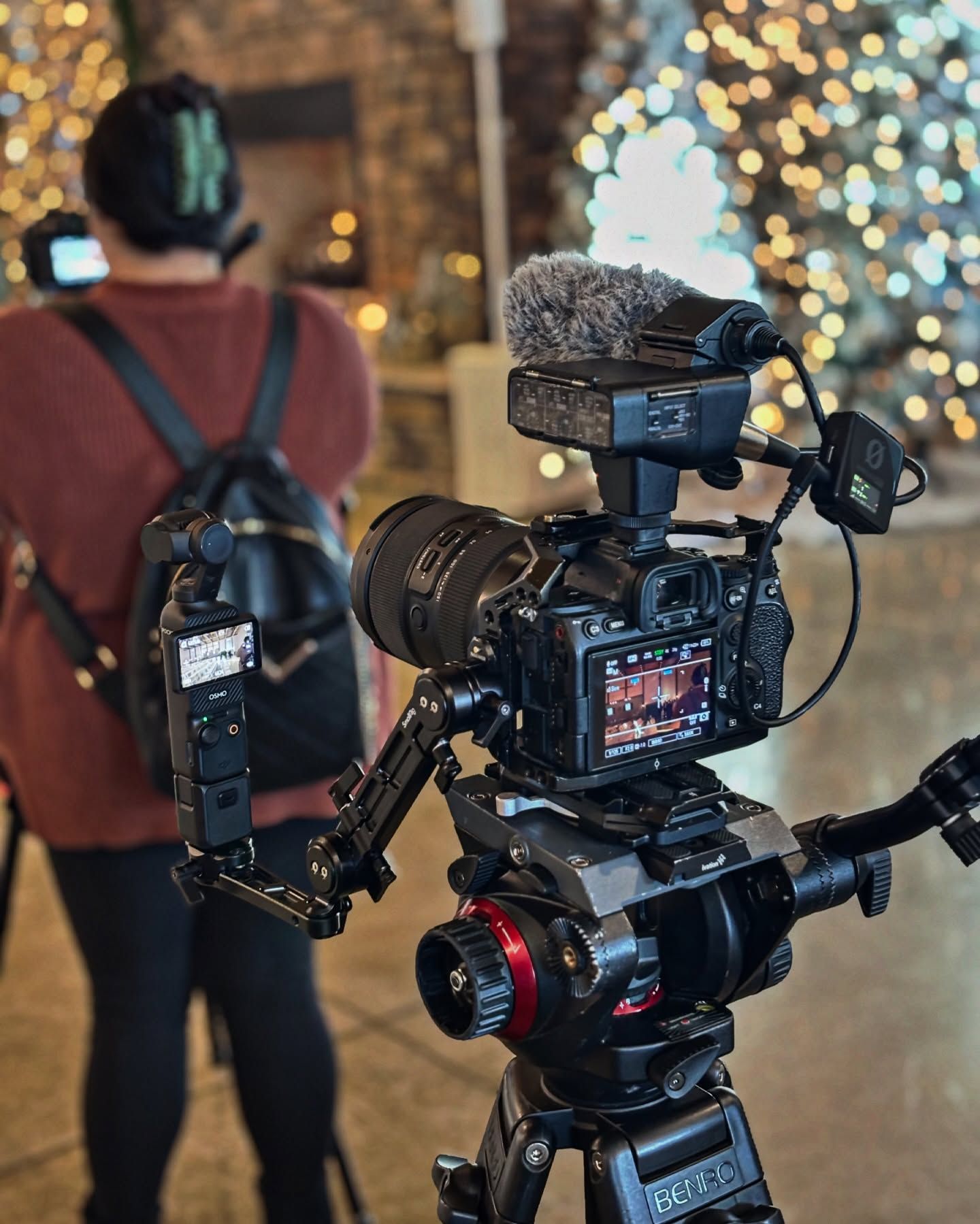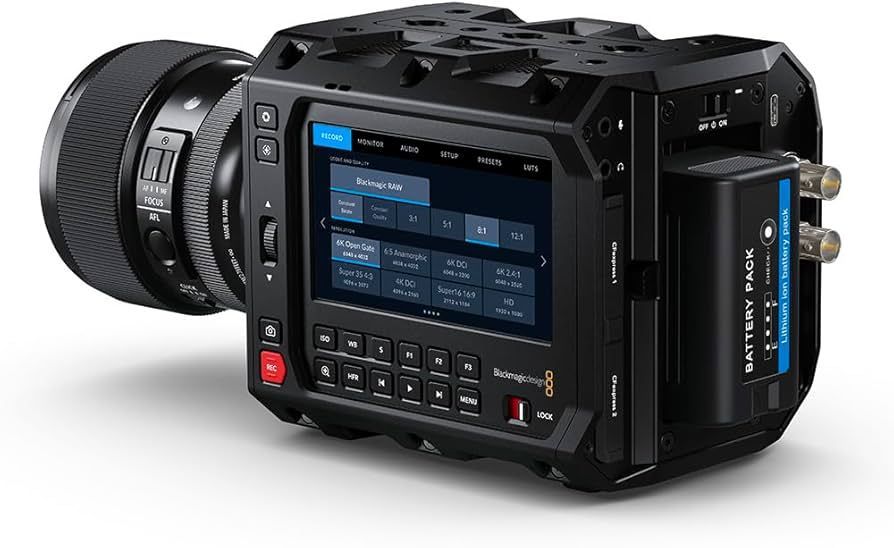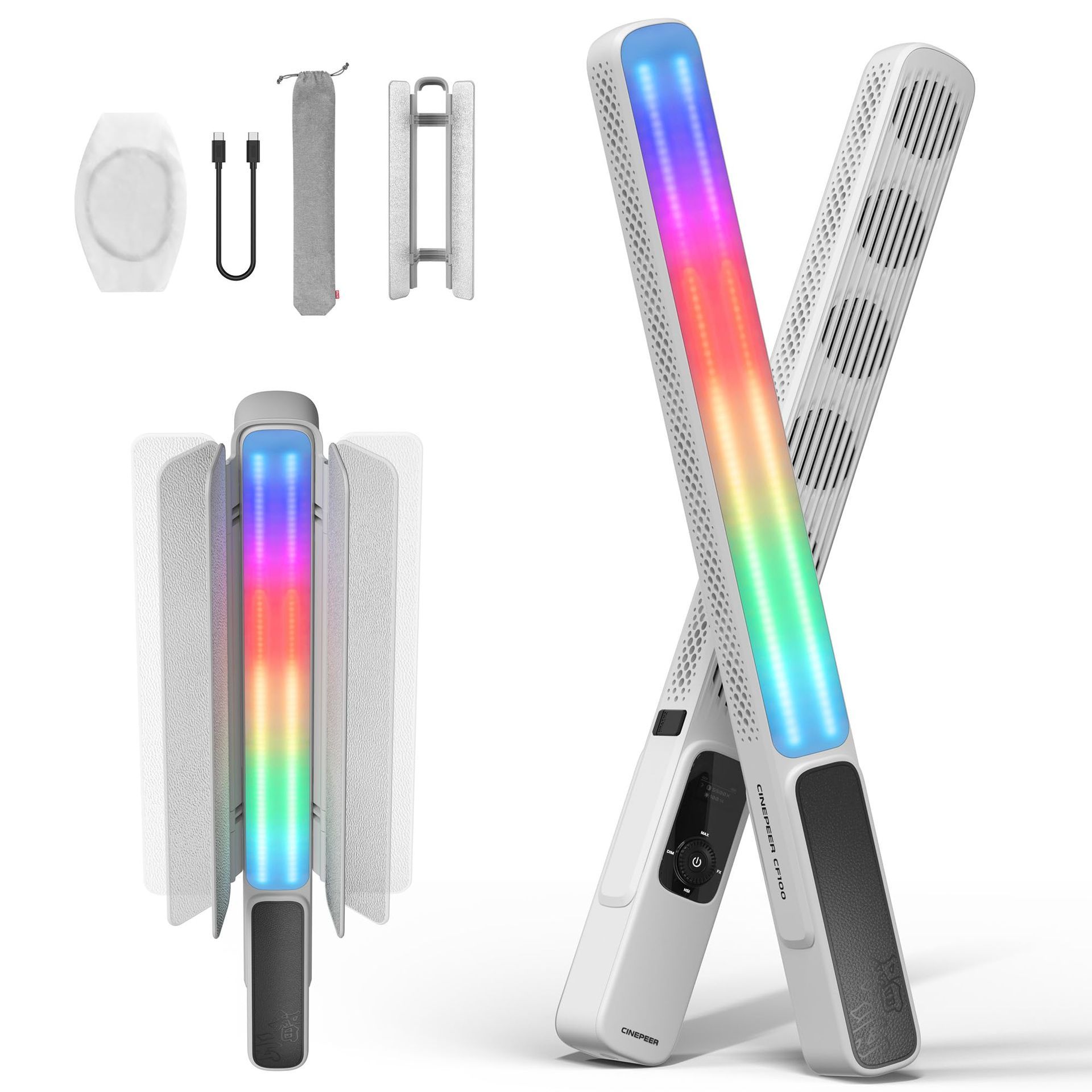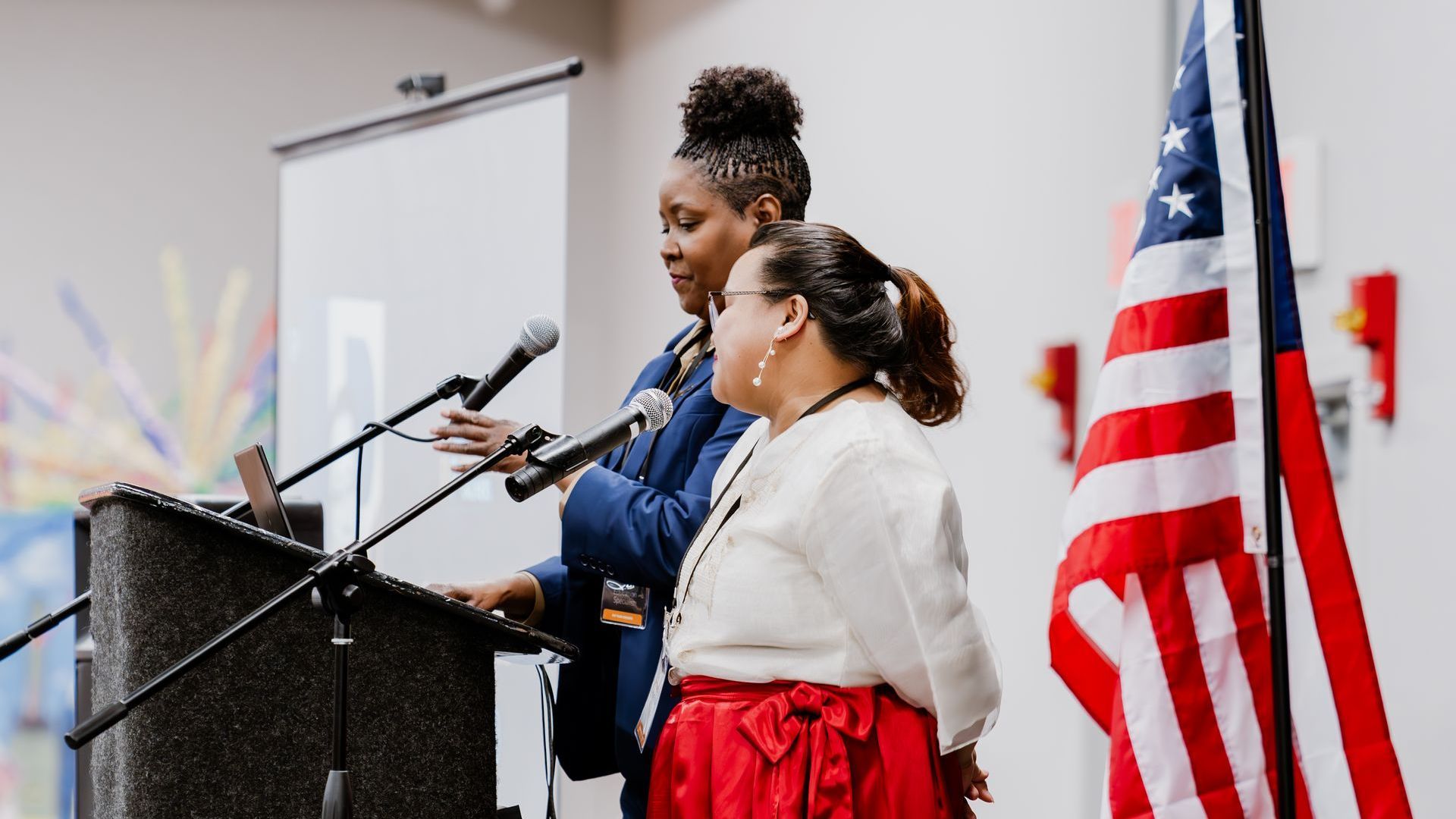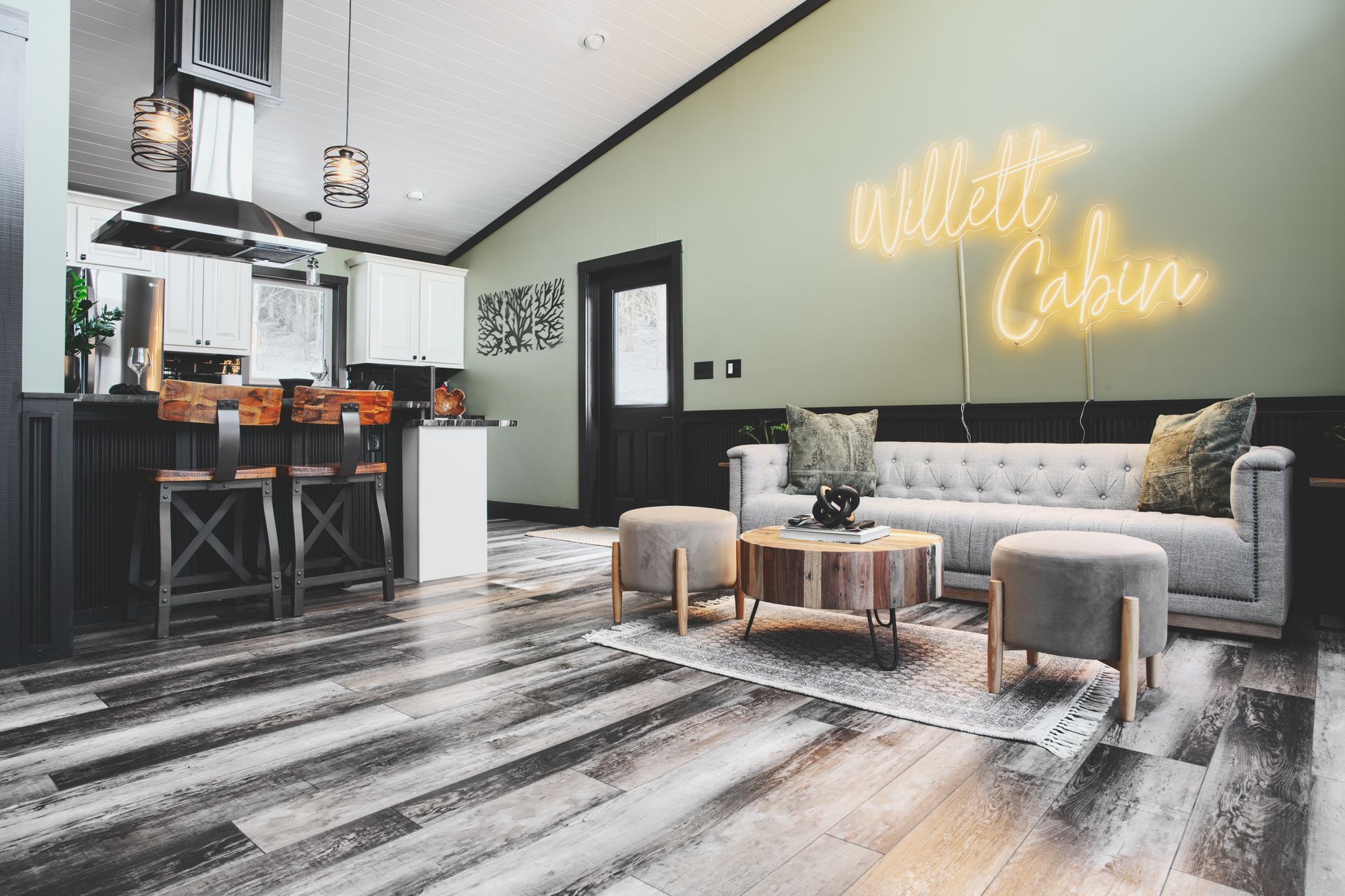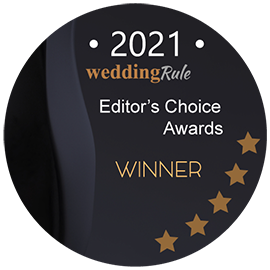Natural Light Wedding Photography: Essential Techniques for Stunning Photos
Did you know that golden hour, those precious 20-30 minutes of perfect natural light, can make or break your wedding photos? Natural light wedding photography creates soft, indirect, and beautifully glowing images that capture authentic moments in their purest form.
Instead of relying on artificial flash, natural light photographers work with ambient light to create timeless, romantic images. This approach is particularly appealing for laid-back couples who appreciate film-style and black-and-white photography. Even in challenging situations like backlit scenes, skilled photographers can manipulate available light to achieve stunning results.
We'll dive deep into essential techniques that will help you master natural light wedding photography. From understanding basic principles to selecting the perfect location with large windows and light-colored walls, this guide will show you how to create breathtaking wedding photos using nature's best light source.
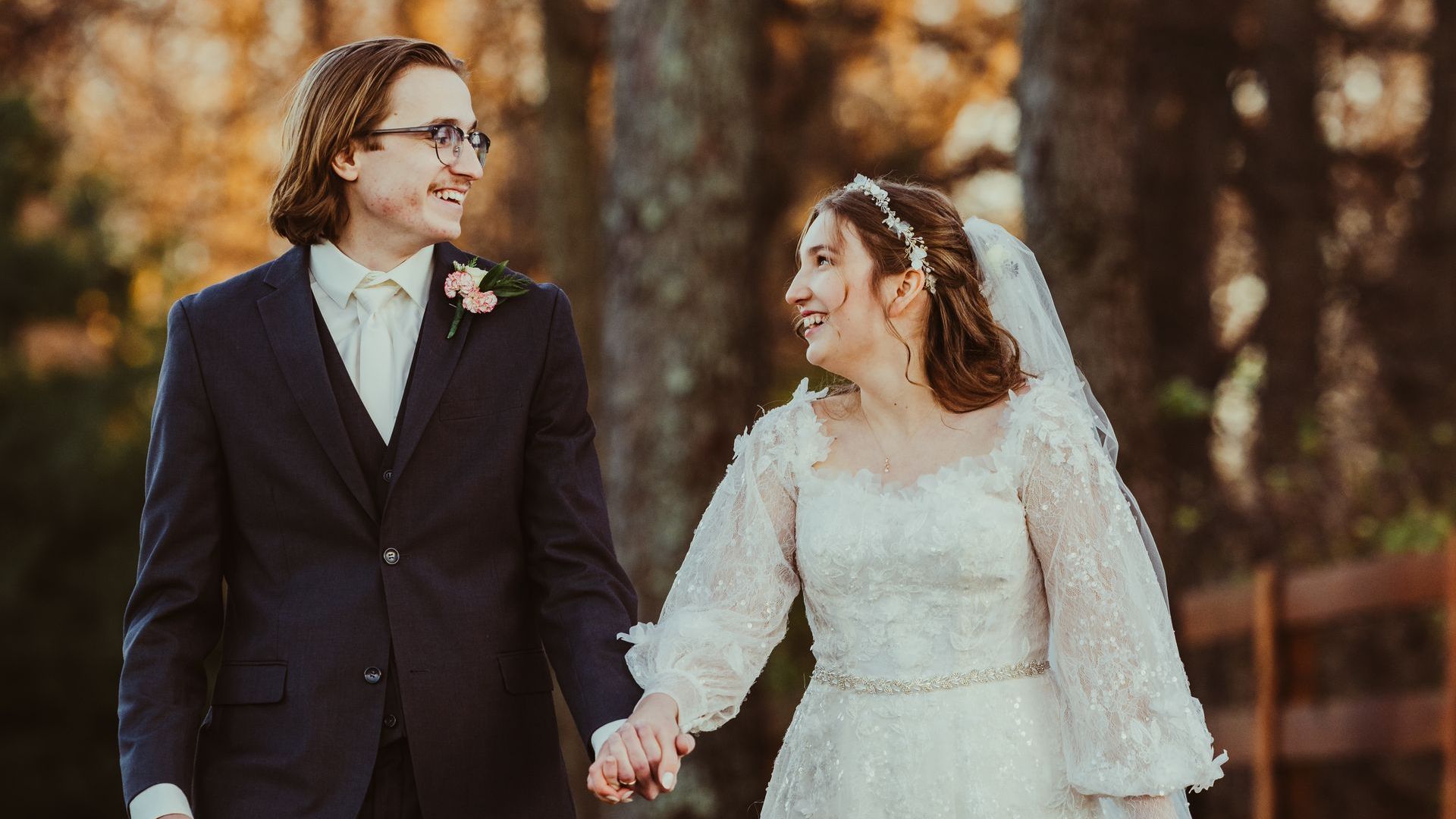
Light forms the foundation of every photograph, fundamentally shaping how we capture moments. When working with natural light in wedding photography, understanding its basic characteristics becomes crucial for creating stunning images.
Natural light presents itself in various forms throughout the day. Direct light travels in a straight line from the sun to your subject, often creating high contrast and defined shadows. Conversely, diffused light passes through mediums like clouds or fabric, producing softer, more even illumination that's generally more flattering for portraits.
Blue skies, although seemingly perfect, actually pose challenges for photographers. Bright sunlight can cause subjects to squint and create unflattering shadows on faces. Surprisingly, overcast conditions offer more favorable shooting conditions, as cloud cover acts as a natural diffuser, creating even lighting across the scene and reducing harsh shadows.
The direction of light significantly impacts image quality. Front lighting illuminates subjects directly from the photographer's position, while side lighting adds depth and dimension. Backlighting, where light comes from behind the subject, can create beautiful rim lighting effects or dramatic silhouettes.
Time of day plays a vital role in natural light photography. Midday sun (between 10 AM and 2 PM) typically produces the harshest lighting conditions. During this time, overhead light creates unwanted shadows under the eyes and noses. Therefore, many photographers prefer shooting during softer light periods.
The quality of natural light also varies based on surrounding elements. Light-colored walls and large windows in preparation spaces can enhance available light by bouncing it around the room, creating more even illumination. Additionally, reflective surfaces like concrete in urban settings can provide supplementary light sources, offering more flexibility in challenging lighting conditions.
Understanding these fundamentals allows photographers to adapt their technique based on available light conditions. By mastering the interaction between light direction, intensity, and environmental factors, photographers can consistently produce well-exposed, aesthetically pleasing images regardless of lighting challenges.
Essential Camera Settings
Location Planning Strategies
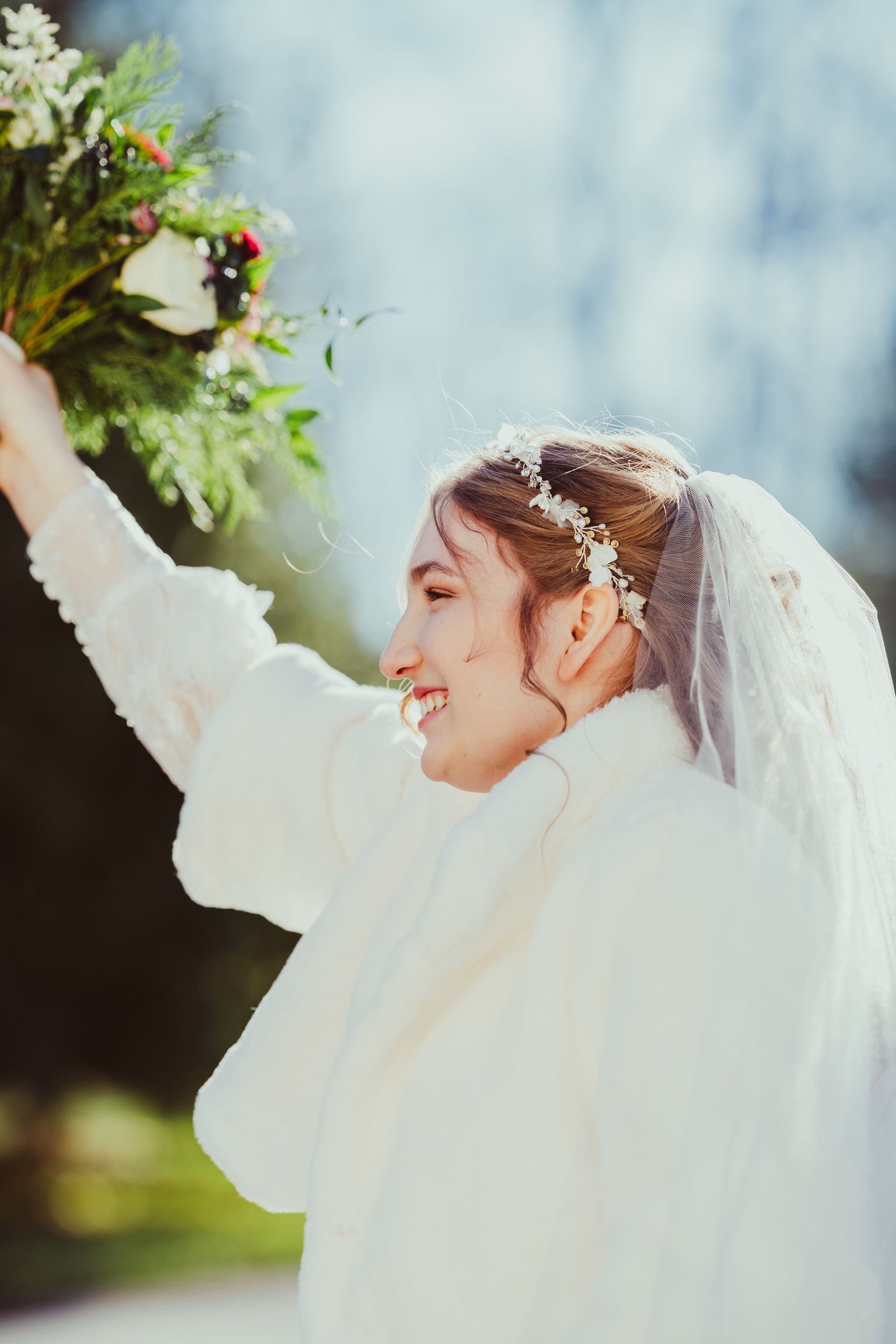
Q1. What are the best times for natural light wedding photography?
The golden hour, typically 20-30 minutes before sunset, offers the most flattering natural light for wedding photos. However, overcast conditions can also provide soft, even lighting throughout the day. It's best to avoid harsh midday sun between 10 AM and 2 PM.
Q2. How can I handle challenging lighting situations during a wedding?
For challenging lighting scenarios, position subjects with the sun behind them and use open sky or reflective surfaces in front to balance the lighting. In shaded areas, take advantage of the even lighting for flattering portraits without harsh shadows. For indoor venues, seek out windows and neutral-colored walls to enhance available light.
Q3. What camera settings should I use for natural light wedding photography?
For outdoor ceremonies, use a low ISO (100-200) and a shutter speed of at least 1/250th second. Indoors, you may need to increase ISO to 800 or higher. Set your aperture between f/1.8 and f/2.8 for portraits to create beautiful background blur. Always adjust settings based on the specific lighting conditions you encounter.
Q4. How important is location planning for natural light wedding photography?
Location planning is crucial for natural light wedding photography. Scout venues beforehand, considering factors like window placement, wall colors, and outdoor lighting conditions. Use apps to determine the sun's position for your wedding date and time. Choose versatile locations that offer multiple shooting options within a small area.
Q5. Is it necessary to use flash in natural light wedding photography?
While natural light can produce beautiful results, it's beneficial to understand both natural light and flash techniques. Flash can be useful in certain situations, such as dim receptions or for creating specific effects. However, many photographers achieve stunning results using only natural light, focusing on proper exposure and creative use of available light sources.
